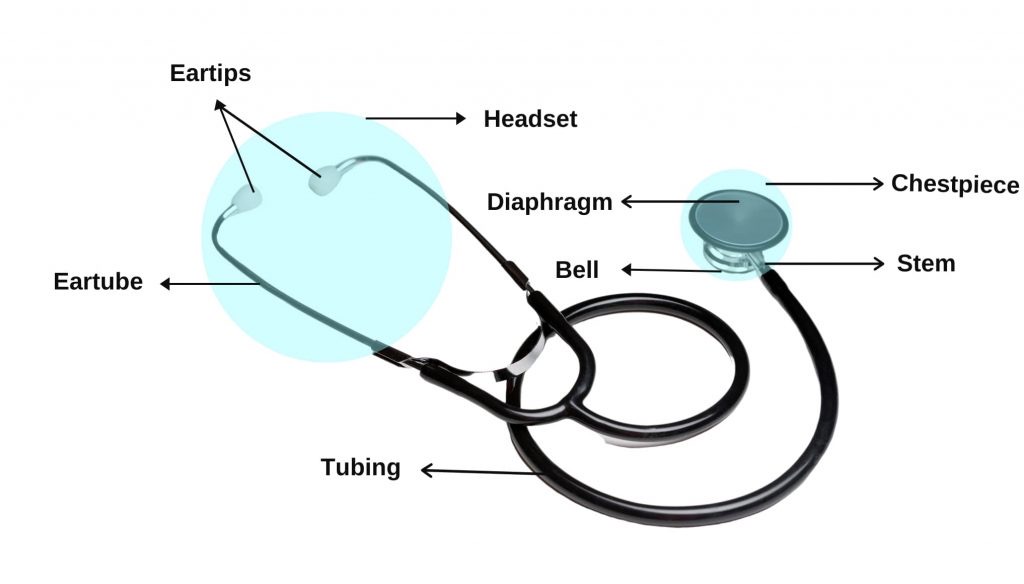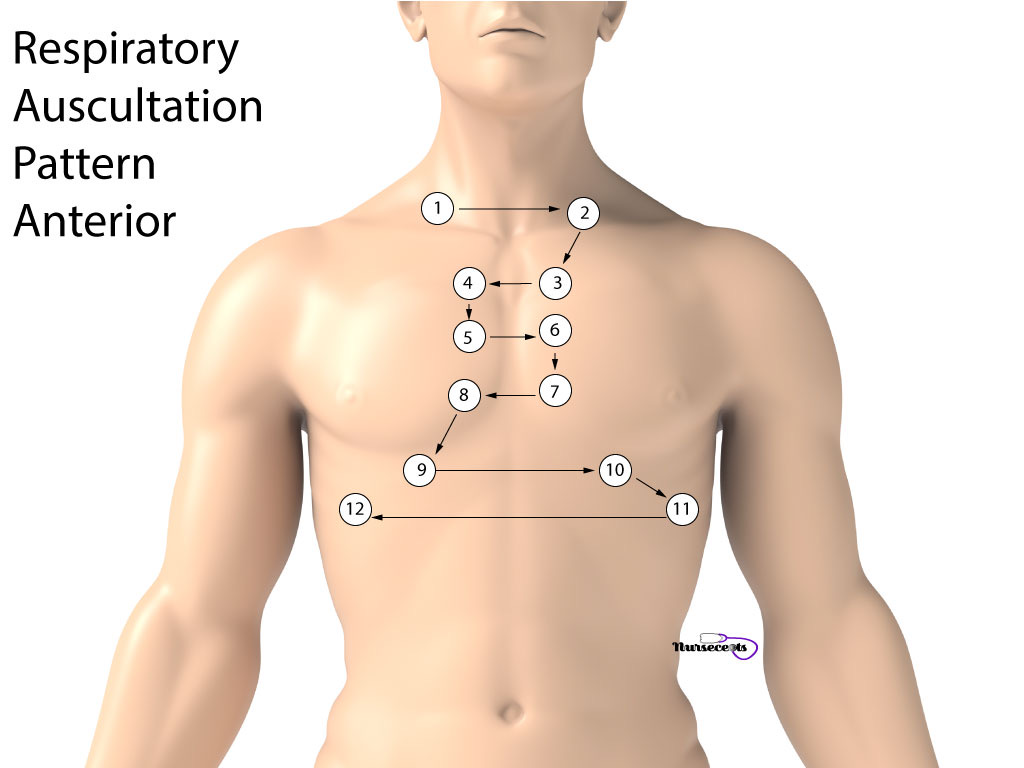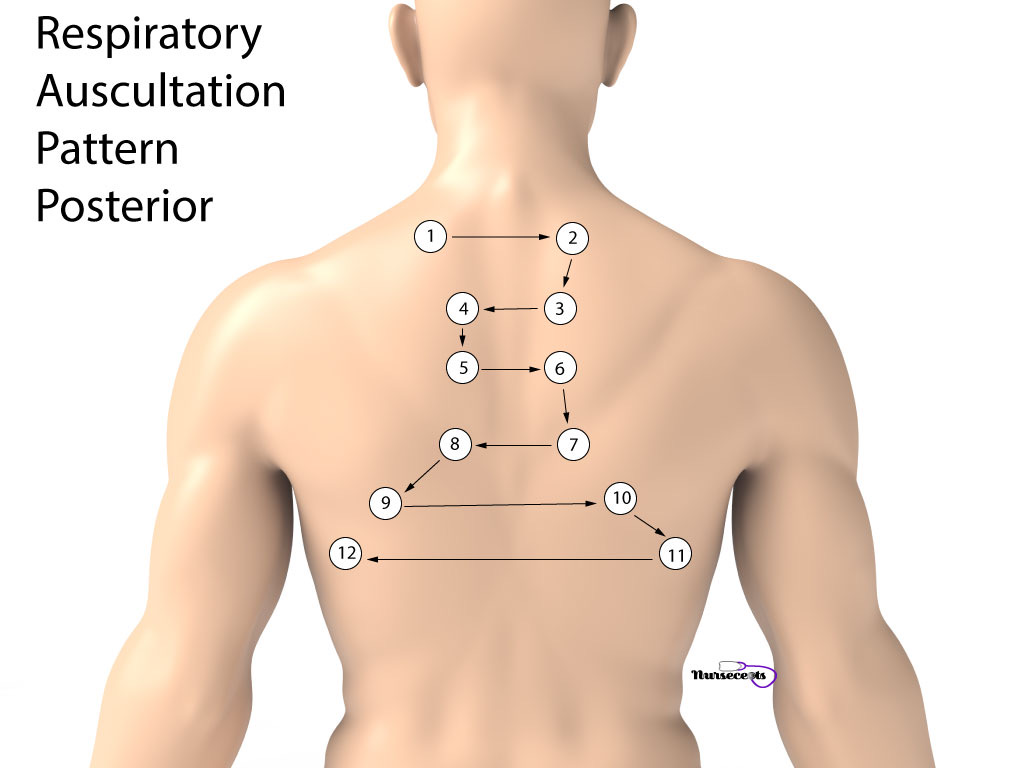6 mins read | Clinical Tool kit
Lung Auscultation
Written by Akhila Natesan
Visual media by Navnit Ade
Share this article
Benefiting the budding Physiotherapists and practicing clinicians alike, this article aims to familiarise the readers with the normal and abnormal lung sounds and their interpretation.
What is Auscultation and why is it important?
- Non invasive technique.
- Integral tool of respiratory assessment,
- Important for deciding the intervention strategies
As Physiotherapists, it is crucial to differentiate between various lung sounds and accurately interpret it.
What do we hear in lung Auscultation?
The “Quality” , ” Duration”, “Intensity” of air flowing in the tracheo – bronchial tree. [1]
Know your Stethoscope –

How does it work?
The diaphragm just like the human eardrums vibrates, creating air movement within the tubing which is in turn perceived by our eardrums. [2]
Clinical Tip –
Diaphragm – for high pitched sounds
& Bell – for mid and low pitch sounds.
What are the points of auscultation?


Types of Breath Sounds
1. Normal Breath Sounds: Bronchial, Vesicular, Bronchovesicular
2. Abnormal (Adventitious) Breath Sounds
What do you hear in Obstructive Lung Disease?
References
- Lung Sounds: The Ultimate Guide to Breath Sounds and Auscultation – Respiratory Therapy Zone | Patient Assessment. (https://www.respiratorytherapyzone.com/breath-sounds-guide/)
- Top 10 stethoscope facts – DS Medical https://www.dsmedical.co.uk/top-10-stethoscope-facts-i37
- Audios obtained from –
http://www.thesimtech.org/audio
- Video obtained from
Contributors

AKHILA NATESAN
Content Writing Team

NAVNIT ADE
Multimedia Team
